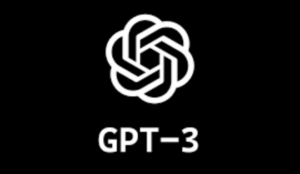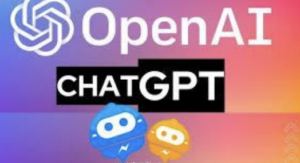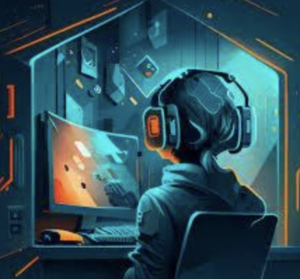
By Marley Brennan
Executive Opinion Editor
PRO
In Nov. 2022, OpenAI, one of the most ambitious artificial inteligence (A.I.) labs in the world,
released ChatGPT a generative pre-trained transformer (GPT), a free online software that can
write high-level content on any topic. ChatGPT can be beneficial in a multitude of ways within
classrooms across the board, according to the New York Times.

Teachers can utilize this chatbot to grade students’ assignments in significantly less time, it can
produce individualized lesson plans for each student that cater to their learning style (visual,
read/write, etc), and can be used as a source of tutoring, per the New York Times.
All of these methods would improve efficiency within the classroom, creating adequate time for
more in-depth discussions and quicker-paced learning, allowing teachers to cover more
material.

country, as administrators are banning the software.
A.I. is the future, and upcoming generations must learn how to interact with it and adapt to it,
according to Time.com. This chatbot will not be the last one created, and students are going to
get around blocks and bans through the use of virtual private networks (VPNs) and at-home
usage. Generation Z, for example, is going to be surrounded by artificial intelligence in
practically any field they go into, and learning how to work with such complex softwares is
necessary for economic success.
According to Forbes, A.I. is entering into the fields of healthcare, transportation, law
enforcement, space exploration, and education. With ChatGPT, students will need to formulate
appropriate questions to ask the software and fact-check the responses it produces, which
promotes critical thinking.

have access to technology.
In order for it to survive, the education industry must adapt to new changs. According to the L.A.
Times, there is a stark difference between knowing, which is referred to as memorizing quick
and random facts, and thinking, which incorporates different parts of the brain and stimulates
analytical tactics.

While some say that ChatGPT can negatively affect academic integrity, teachers can implement
new ways of assigning homework and in-class tasks. Assigning students the task of creating an
outline using ChatGPT software and formulating elaborate questions to ask the chatbot are also
effective tactics. Teachers can assign their students with the task of completing a minimum of
four drafts of their essay, prompting students to pay attention to detail within the revision
process. ChatGPT has its flaws, but ultimately sets the stage for A.I. to flourish.




Leave a Reply